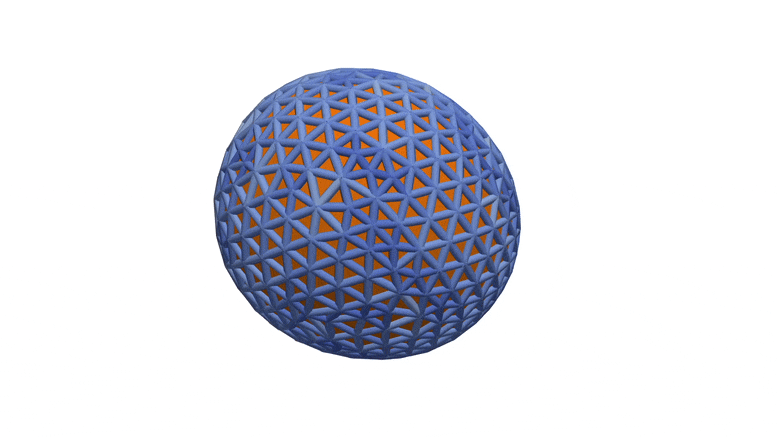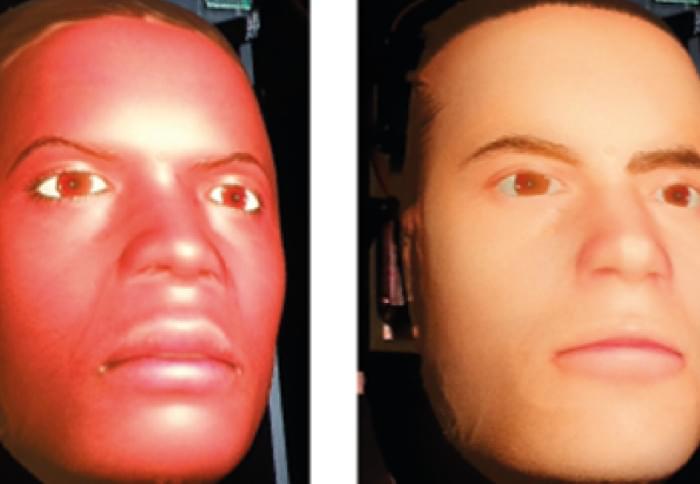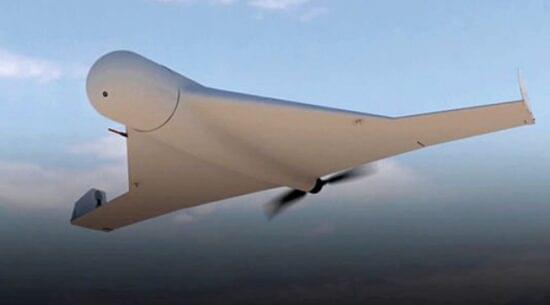The ‘Escobar’ malware has so far targeted customers from 190 financial institutions across 18 different countries. Specific details related to the country and institutions have not been revealed.
Category: robotics/AI – Page 1,714
Crowbar attacks, kid mischief, dog pee: The many obstacles facing food delivery robots
As sidewalk bots proliferate, they turn on the charm — flashing cute eyes, emoji hearts — to keep safe and get deliveries to their intended destinations.

NexStem Announces the General Availability of Its Award-winning BCI Headsets
NexStem, a MedTech and robotics startup that creates non-invasive robotic solutions controlled exclusively by a user’s thoughts, today announced the finalization of its latest round of funding and the general availability of its NexStem Headsets and Wisdom-SDK (software development kit). This pioneer in the development of advanced end-to-end Brain-Computer Interfaces (BCIs) devices and applications, has cracked the code on improving the quality of the electroencephalography (EEG) signals harnessed by BCIs — a critical next step in inserting the human into the metaverse.

“Active Matter” Breakthrough Enables Shape-Shifting Next-Generation Robots
Physicists have discovered a new way to coat soft robots in materials that allow them to move and function in a more purposeful way. The research, led by the University of Bath, is described in a paper published on March 11, 2022, in Science Advances.
Authors of the study believe their breakthrough modeling on ‘active matter’ could mark a turning point in the design of robots. With further development of the concept, it may be possible to determine the shape, movement, and behavior of a soft solid not by its natural elasticity but by human-controlled activity on its surface.

The Rise of Artificial Intelligence | Wondrium Perspectives
For almost a century, we’ve been intrigued and sometimes terrified by the big questions of artificial intelligence. Will computers ever become truly intelligent? Will the time come when machines can operate without human intervention? What would happen if a machine developed a conscience?
In this episode of Perspectives, six experts in the fields of robotics, sci-fi, and philosophy discuss breakthroughs in the development of AI that are both good, as well as a bit worrisome.
Clips in this video are from the following series on Wondrium:
Mind-Body Philosophy, presented by Patrick Grim.
https://www.wondrium.com/mind-body-philosophy.
Introduction to Machine Learning, presented by Michael L. Litman.
https://www.wondrium.com/introduction-to-machine-learning.
Redefining Reality, presented by Steven Gimbel.
Tesla fires employee who posted YouTube videos of Full Self-Driving accident
The ex-Tesla worker was reportedly laid off for sharing play-by-play footage of an FSD slip-up. Always be careful what you post online.
Bernal was fired and lost beta access after video review showed a minor collision.


Mathematical paradoxes demonstrate the limits of AI
Humans are usually pretty good at recognizing when they get things wrong, but artificial intelligence systems are not. According to a new study, AI generally suffers from inherent limitations due to a century-old mathematical paradox.
Like some people, AI systems often have a degree of confidence that far exceeds their actual abilities. And like an overconfident person, many AI systems don’t know when they’re making mistakes. Sometimes it’s even more difficult for an AI system to realize when it’s making a mistake than to produce a correct result.
Researchers from the University of Cambridge and the University of Oslo say that instability is the Achilles’ heel of modern AI and that a mathematical paradox shows AI’s limitations. Neural networks, the state of the art tool in AI, roughly mimic the links between neurons in the brain. The researchers show that there are problems where stable and accurate neural networks exist, yet no algorithm can produce such a network. Only in specific cases can algorithms compute stable and accurate neural networks.

Scientists tap AI betting agents to help solve research reproducibility concerns
Scientists are increasingly concerned that the lack of reproducibility in research may lead to, among other things, inaccuracies that slow scientific output and diminished public trust in science. Now, a team of researchers reports that creating a prediction market, where artificially intelligent—AI—agents make predictions—or bet—on hypothetical replication studies, could lead to an explainable, scalable approach to estimate confidence in published scholarly work.
Replication of experiments and studies, a critical step in the scientific process, helps provide confidence in the results and indicates whether they can generalize across contexts, according to Sarah Rajtmajer, assistant professor in information sciences and technology, Penn State. As experiments have become more complex, costly and time consuming, scientists increasingly lack the resources for robust replication efforts—what is often referred to now by them as the “replication crisis.”
“As scientists, we want to do work, and we want to know that our work is good,” said Rajtmajer. “Our approach to help address the replication crisis is to use AI to help predict whether a finding would replicate if repeated and why.”